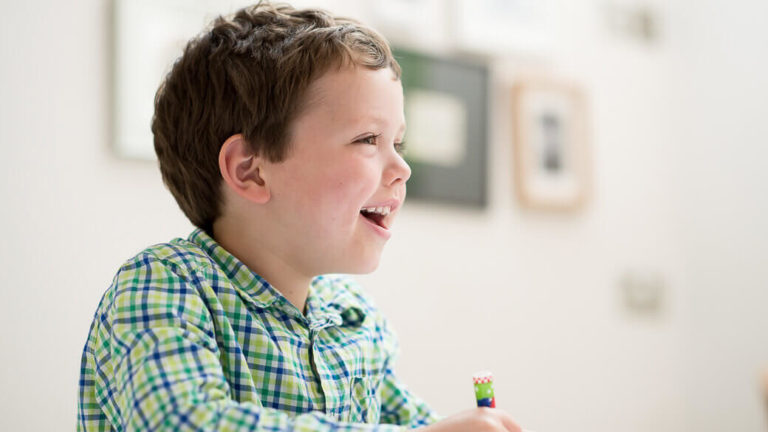It is widely recognised that using practical, hands-on equipment is the best way to teach children early maths skills. In this blog, Rosie (a Qualified Primary teacher and professional tutor) discusses three excellent low-cost resources, and offers tips on how they can be used to teach some fundamental skills.



Start the discussion!